The news that GM is pulling out of Europe after cumulative losses of over $20 billion since 2000, while Ford made $1.2bn in Europe last year, suggests that GM has always been far worse at understanding Europe than its great rival.
Yet a generation ago, many people would have backed GM to be the long-term winner in this region.
When Germany was reunified in 1989, everything seemed to be going right for Opel and Vauxhall.
Opel was seen in Germany as a domestic brand (it had been a family owned company for over 50 years before GM bought it), while Ford was obviously American, and had its European HQ in the UK at the time.
Opel did its patriotic duty by opening a new factory in the former East Germany at Eisenach, while its production costs were the lowest in Germany.
Indeed, it was so efficient that VW persuaded GM’s European purchasing head, Jose Ignacio Lopez, to jump ship in 1993.
The fact that he brought along a cache of secret GM documents led to a $100 million out-of-court settlement – massive corporate scandals are nothing new at VW.
Meanwhile on the product front, the 1988 Cavalier, with its brand-new engines was running rings around the ageing rear-drive Sierra, and the dreadful 1990 Escort Mark 4 suggested it was Ford that was losing the plot.
In hindsight the kicking that the 1990 Escort received was a turning point for the company.
For decades, its abiding principle was, “What is the least amount of money we have to spend to engineer this car?”
In the early 1990s it made the corporate decision that there was no future in that approach, as someone in Asia could always do it cheaper.
Henceforth, it would be the leader in vehicle dynamics.
At the beginning of the 1990s that promise must have seemed as absurd as a recent Vauxhall sales forecast, but the 1992 Mondeo showed it was for real and the 1998 Focus stunned the industry with its ride and handling.
Ford then took a second vital strategic decision.
With growing Korean sales in Europe and a saturated Western European market, it decided that it was never going to get its existing factories up to 100% capacity utilisation.
It therefore savagely cut its production base, a cut which unfortunately included Dagenham car assembly.
By 2007, Ford was running at 100% capacity and making $1 billion a year.
Meanwhile Opel and Vauxhall, faced with the same problem, resorted to the easier option - wishful thinking.
The sales forecasts became ever more detached from reality, with the 2002 Vectra selling about half what was predicted.
“This business is all about getting the hamster wheel to spin in the right direction – sensible production numbers leading to smaller discounts and better residual values.”
This led to the unprecedented situation where suppliers publicly warned GM Europe that they would not take their production forecasts seriously unless GM could show how they were going to improve.
Although Vauxhall closed Luton car assembly, it was a drop in the ocean – GM had already opened a second Eastern European car factory at Gliwice in Poland.
As a top Ford executive said privately at the time of the financial crisis, “We don’t want to see Vauxhall go bust, we just want them to stop poisoning the well for everyone else.”
GM Europe’s rampant over-production was leading to vast discounts to fleet customers, which was eroding all its competitors’ margins.
Once fleet customers got used to offers of 30%-40% off Vauxhalls, they wanted similar discounts from everyone else.
While the public don’t know the finer points of capacity utilisation, they increasingly saw Vauxhall as a fleet brand with little to offer private buyers beyond discounts.
As another Ford manager said, “This business is all about getting the hamster wheel to spin in the right direction – sensible production numbers leading to smaller discounts and better residual values.”
Vauxhall has spent 20 years frantically spinning it the wrong way – it is now up to Carlos Tavares of PSA to reverse that.
Author: David Francis, industry observer

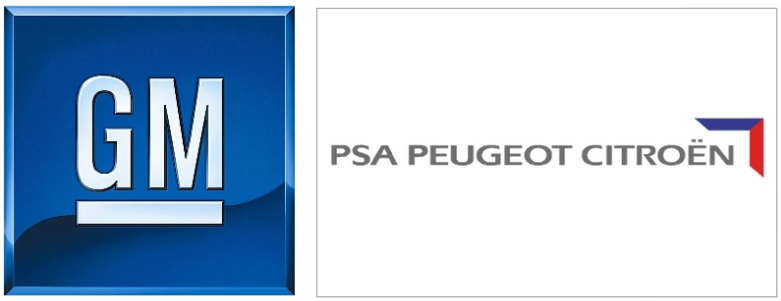


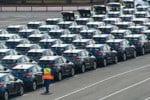

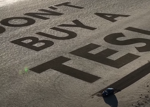
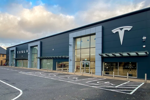








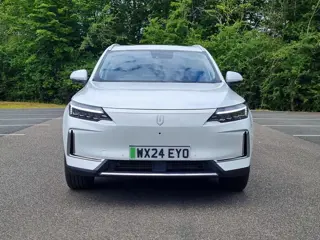
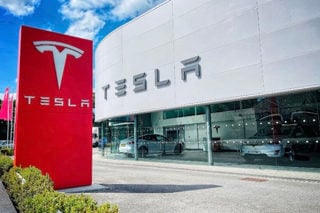
Login to comment
Comments
No comments have been made yet.